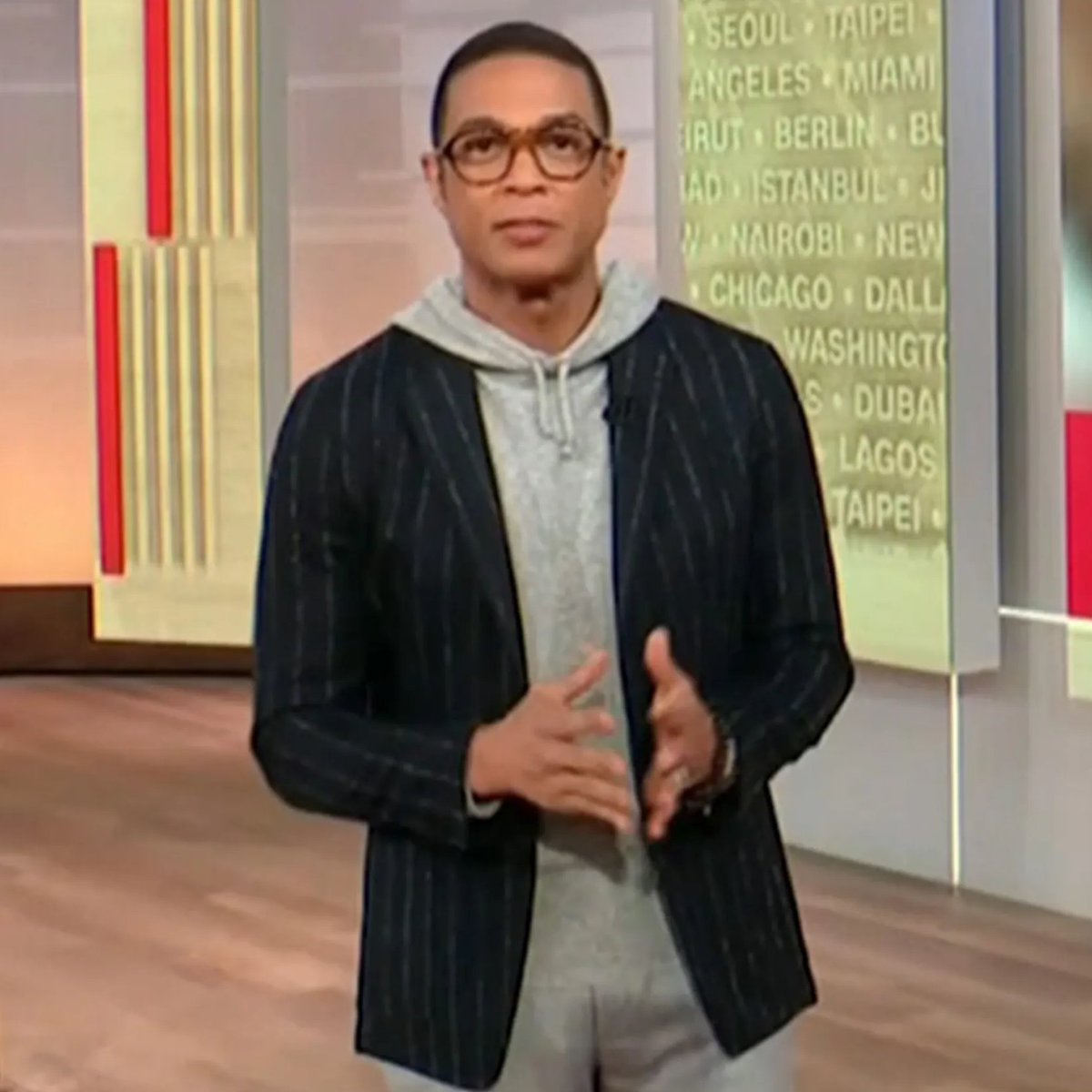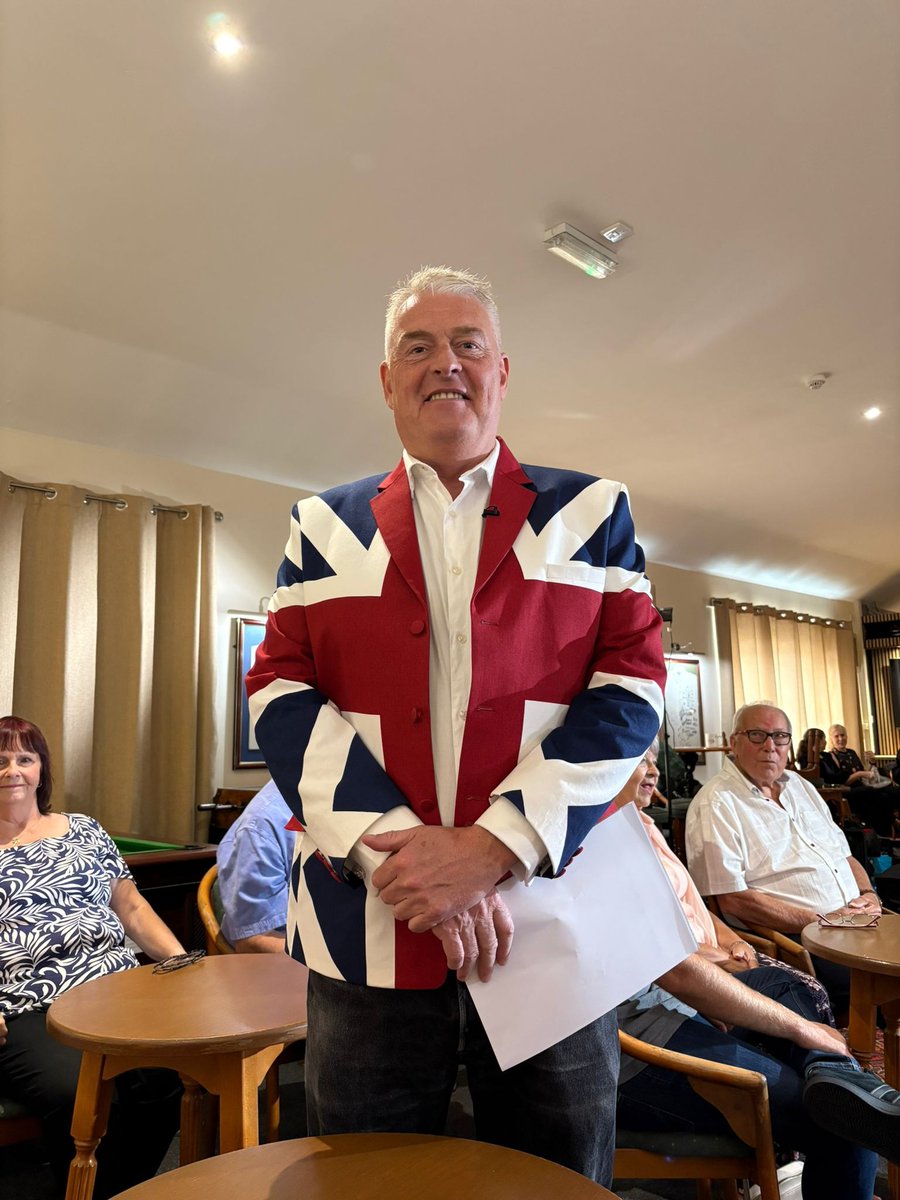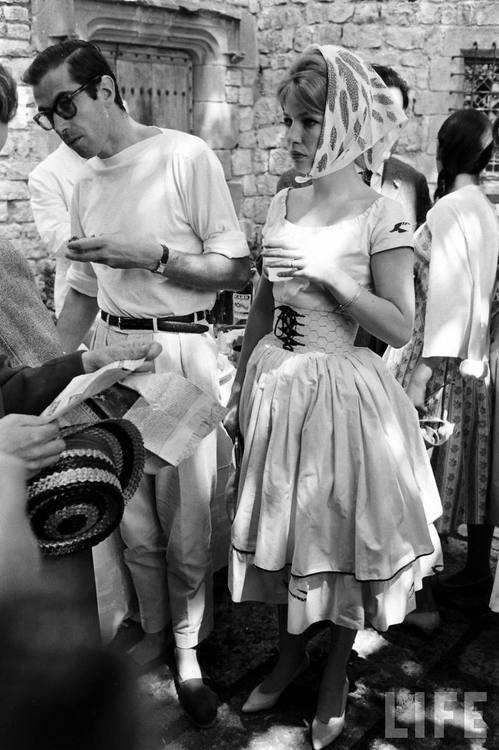Some thoughts on linen suits. 🧵
https://twitter.com/SyrahQuaffer/status/1793895835530661915
Few men nowadays have to wear suits. If they do, it's more often because they choose to. However, this also puts a lot of pressure on men to try to find ways to dress things down. Often, people approach this from the wrong angle: pairing the jacket with some unusual thing.




It would be better to focus first on fit and silhouette. If a garment fits and flatters, it will look beautiful. Then, play with fabrics. Instead of the dark worsted wools in sober colors like grey and navy, as you'd wear for business, try a linen suit (esp good for summer).




The easiest color for this is anything in the family of tan, cream, or brown (all casual colors). If that feels too classic for you, try a more modern color like navy or grey (linen will make it casual enough). Just note that dark linens can spot or get shiny with time.








Linen will always hold wrinkles—that's part of the charm. However, heavier linens will rumple more than wrinkle. They'll form thick, beautiful folds rather than look like crumpled tissue paper. Personally, I think it gives the garment a comfy, lived-in look.








If this bothers you, consider a linen blend. A wool-linen will have a very dry, sometimes slightly slubby hand. Here's an 80/20 wool-linen suit made from Harrison's cloth. Despite the cloth being uber lightweight (8 to 9oz), it doesn't hold fine creases. Very comfy on hot days.




Linen suits can also be divided into separates. See how this cream linen suit from The Armoury can be worn as a suit. The jacket can also be worn with jeans, while the pants can be worn with a different jacket. (Note this is easier to do with some linen fabrics than others.)








Alternatively, you can also get a linen sport coat, which will be more casual than a suit. I think these are especially nice in classic patterns like a gun club or glen check. These two are from Besnard.




Since linen is already a casual material, it can be easily worn with other casual things: sneakers, espadrilles, t-shirts, and such. These two suits are from Edward Sexton (they're a bespoke company, but these are part of their ready-to-wear range).




When you wear a casual suit like this with other casual things, you close the gap in formality between all of your pieces, making the outfit look more harmonious and natural. The result looks less affected. The second picture below is seersucker, but it's the same idea.




When shopping for a linen suit, keep two things in mind. First, since linen doesn't have the crimp found in animal hair, it doesn't have any natural stretch. This means you absolutely want to make sure it's not too slim. Otherwise, it will feel uncomfortable.




When trying on a linen jacket, fasten the coat and make sure the waist doesn't feel too tight. Move your arms like you're about to hug someone. If you feel the center back seam straining, try the next size up. Otherwise, you may split the seam down the road.




Secondly, since linen sleeves and pants will accordion as they wrinkle, you want to make sure your tailor leaves a little slack. If they hem these just-so, the sleeves and legs will look too short after a day's wear. 

Where can you wear a linen suit? Honestly, whenever you feel like it. Wear it to nice bars or restaurants. Or for brunch. Or for going to the cafe. You don't have to dress the same as other people. You can just wear stuff because it looks rad and makes you feel good. 

• • •
Missing some Tweet in this thread? You can try to
force a refresh

































